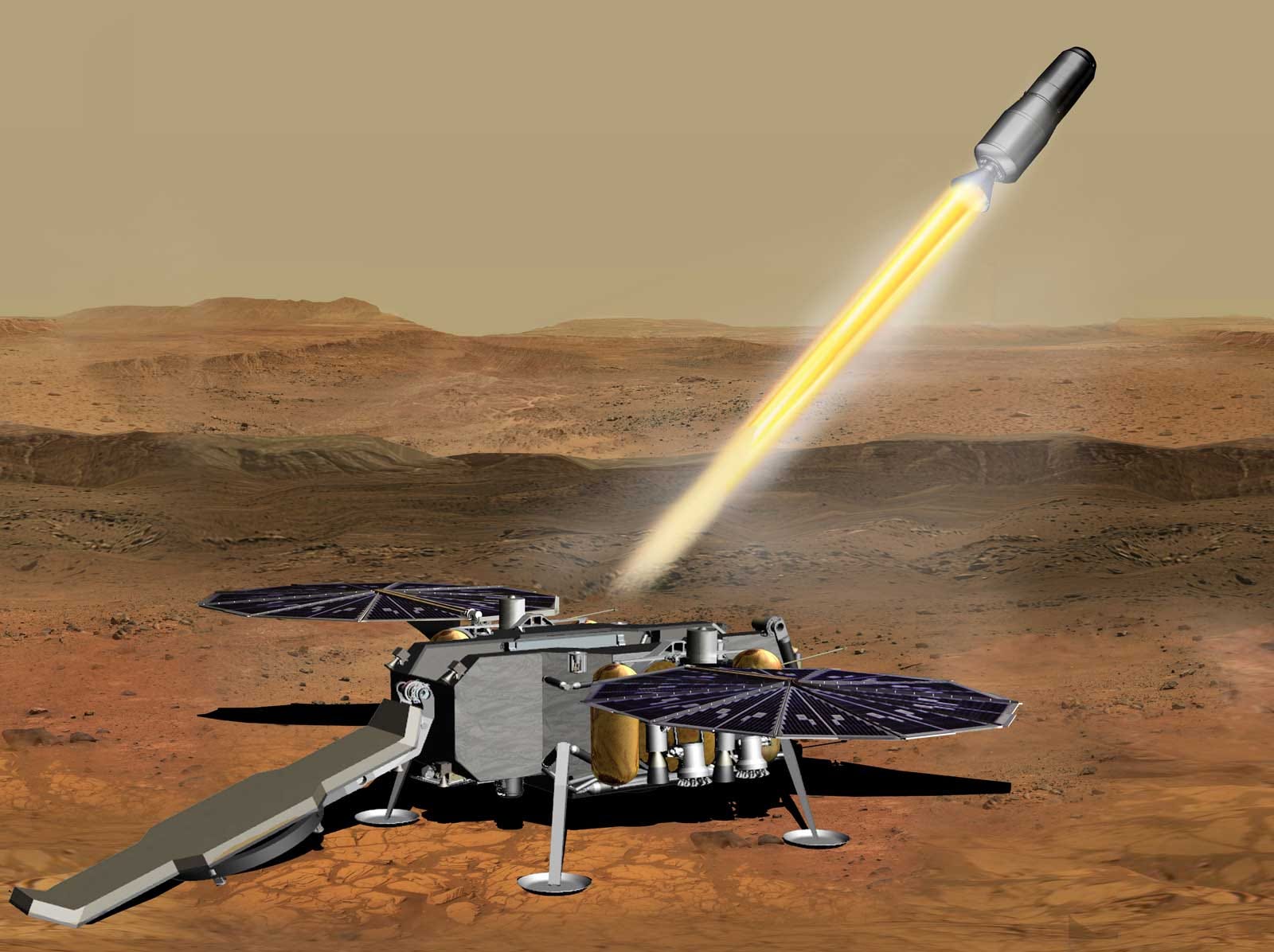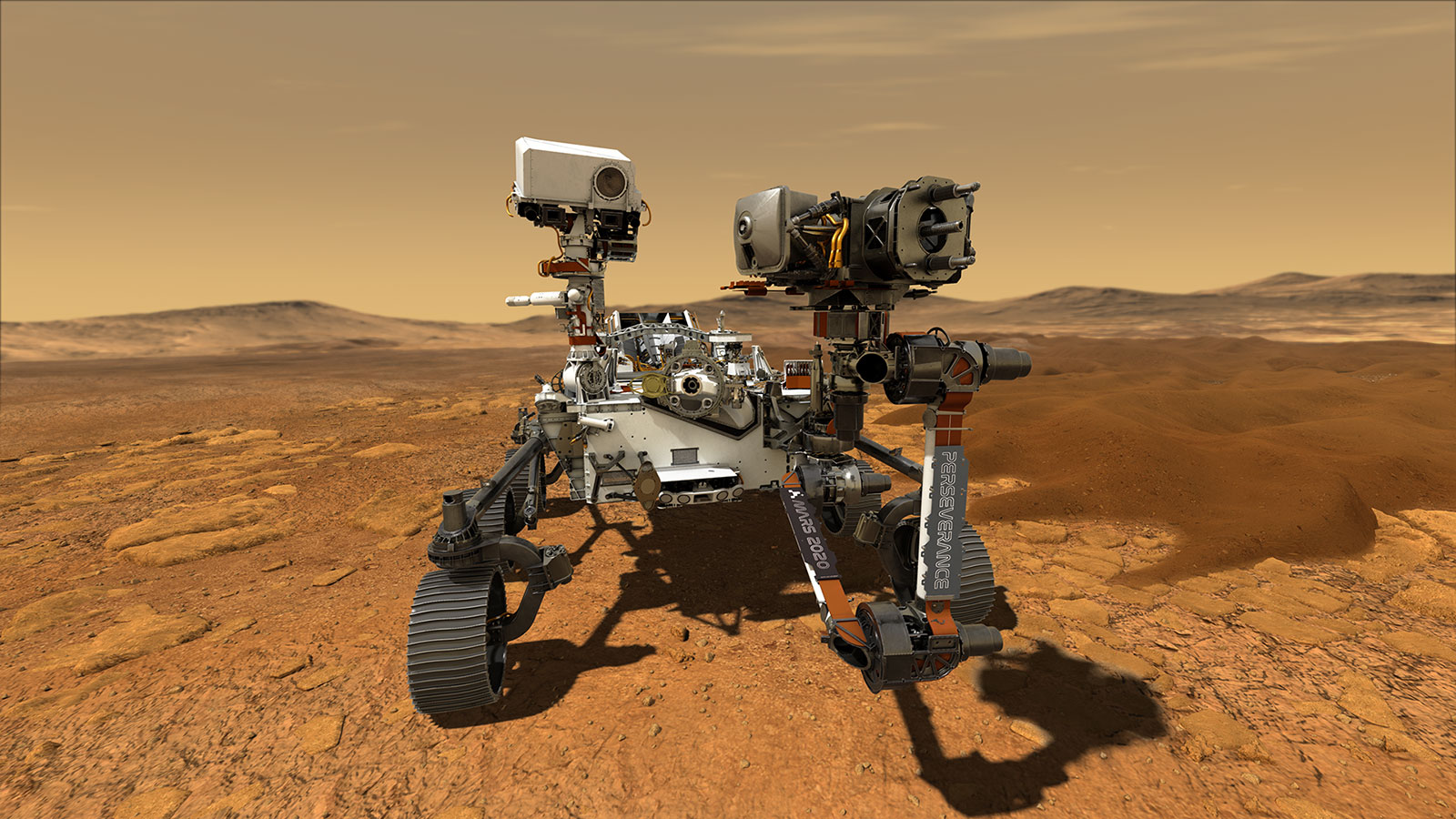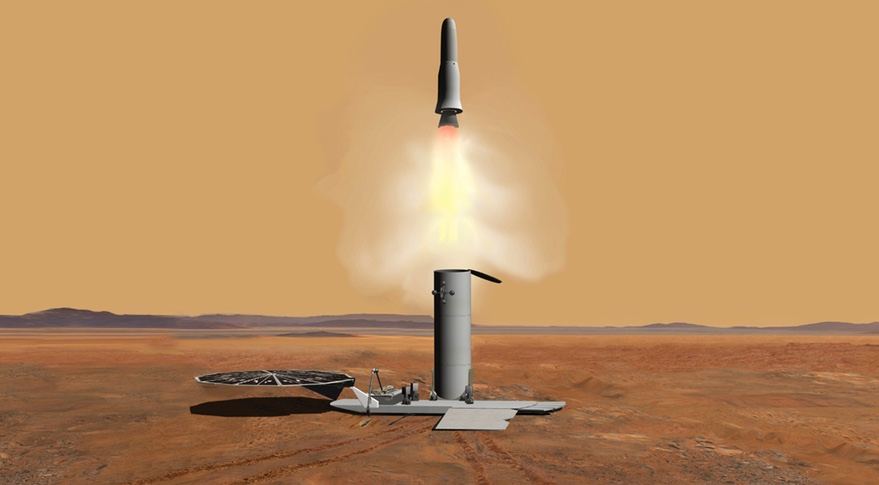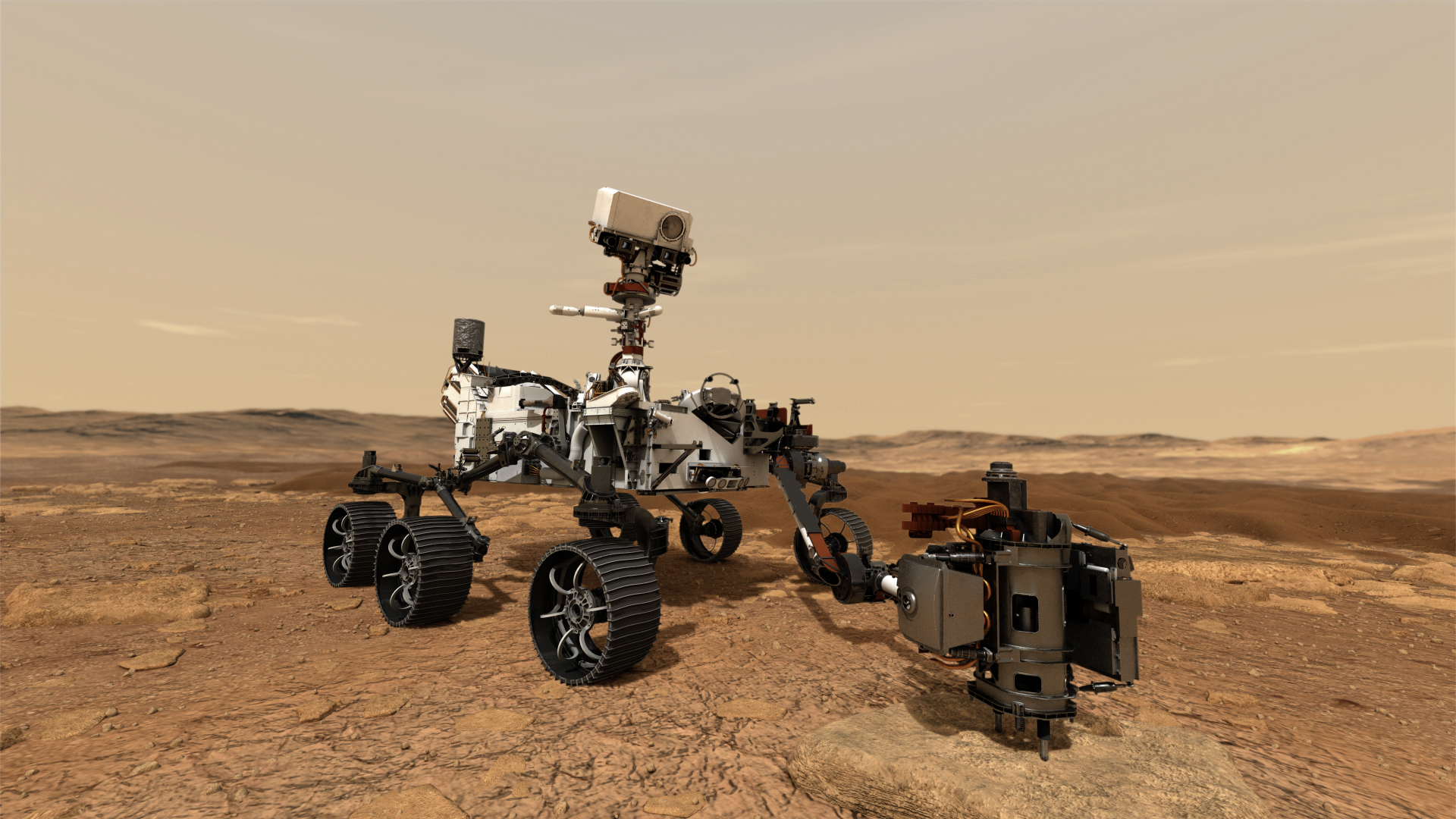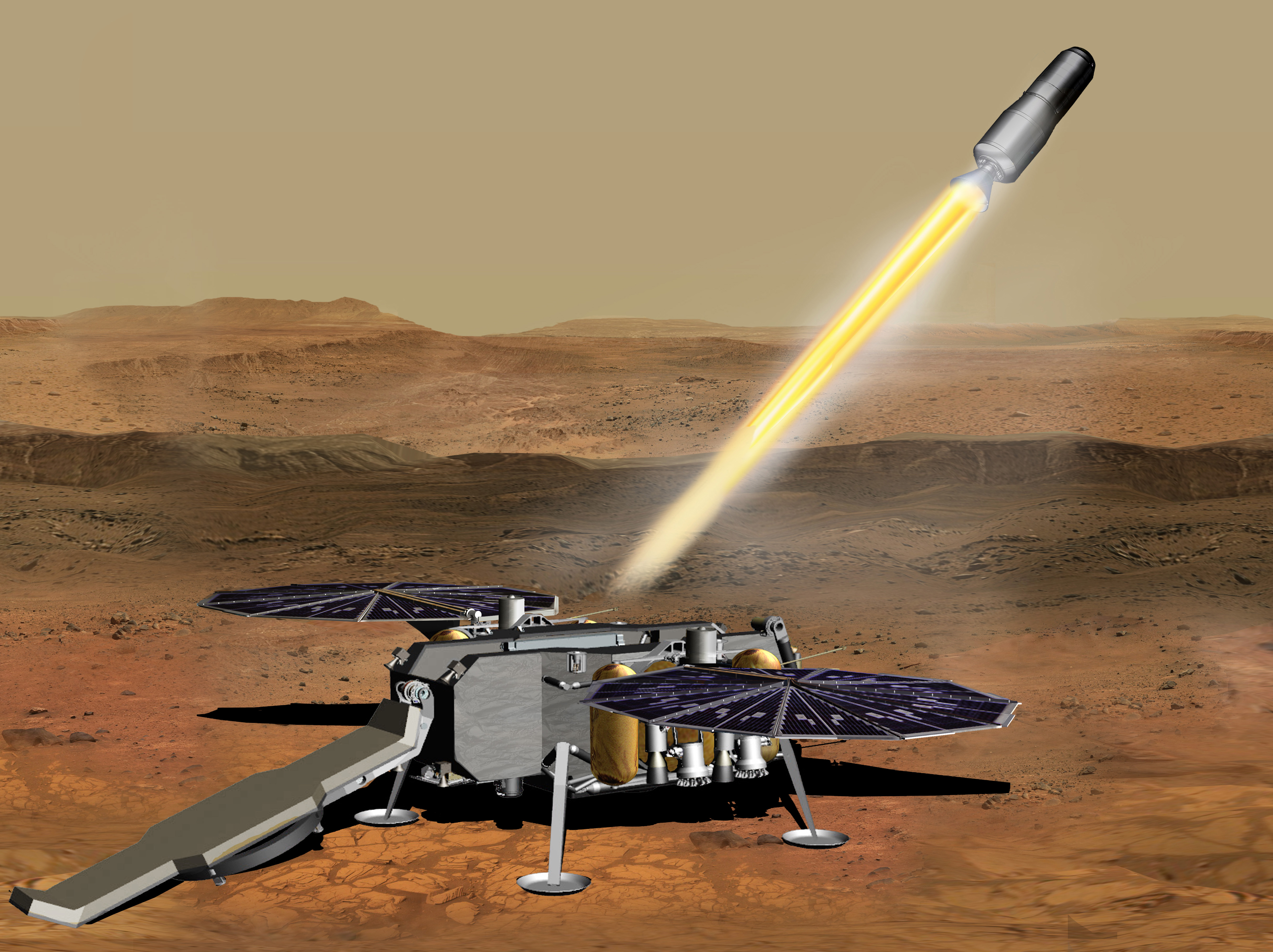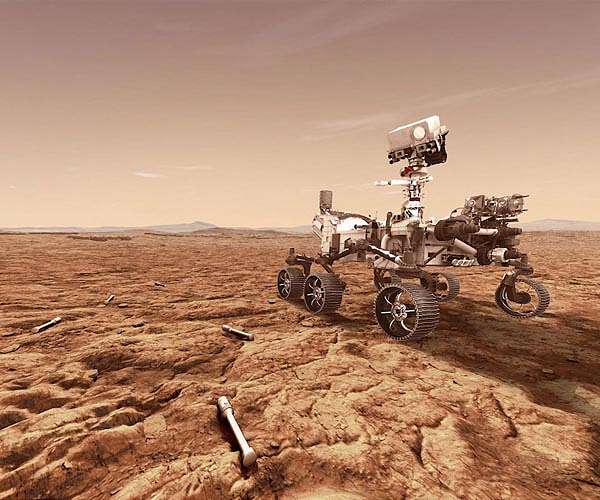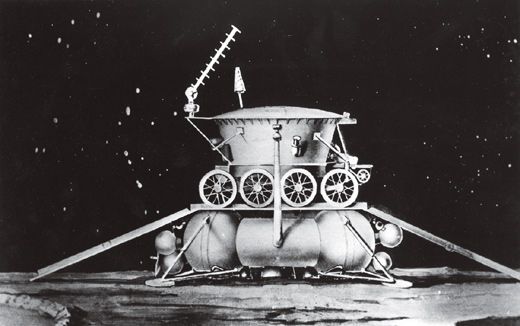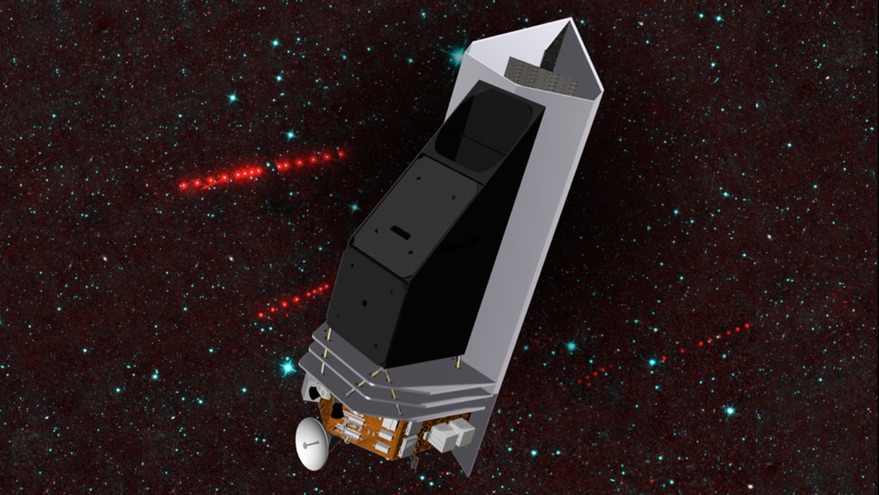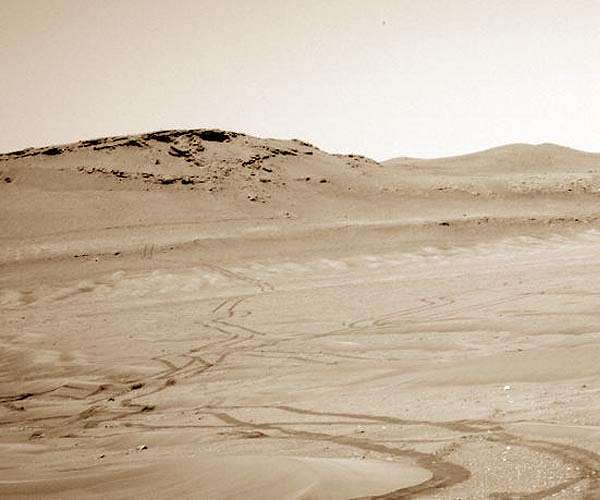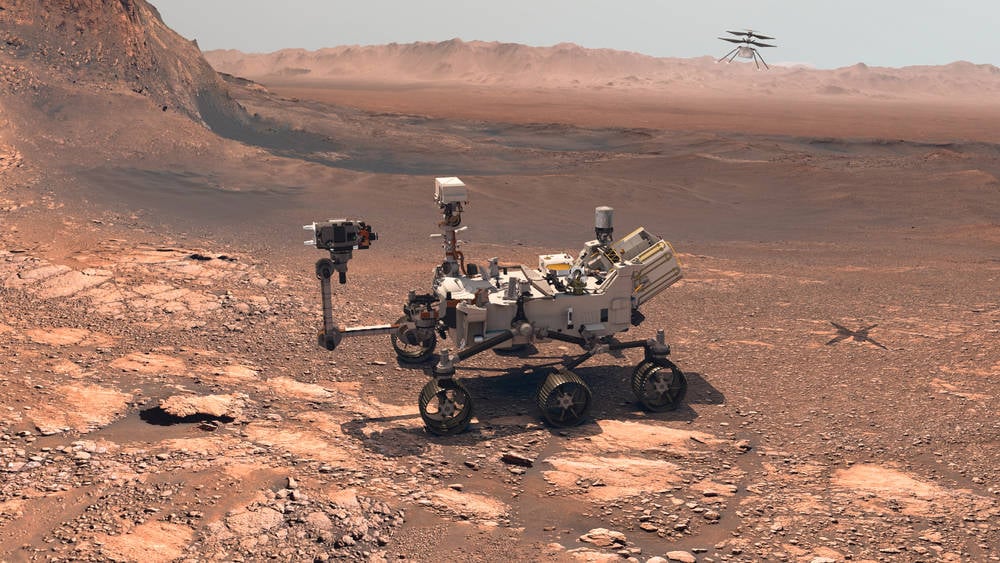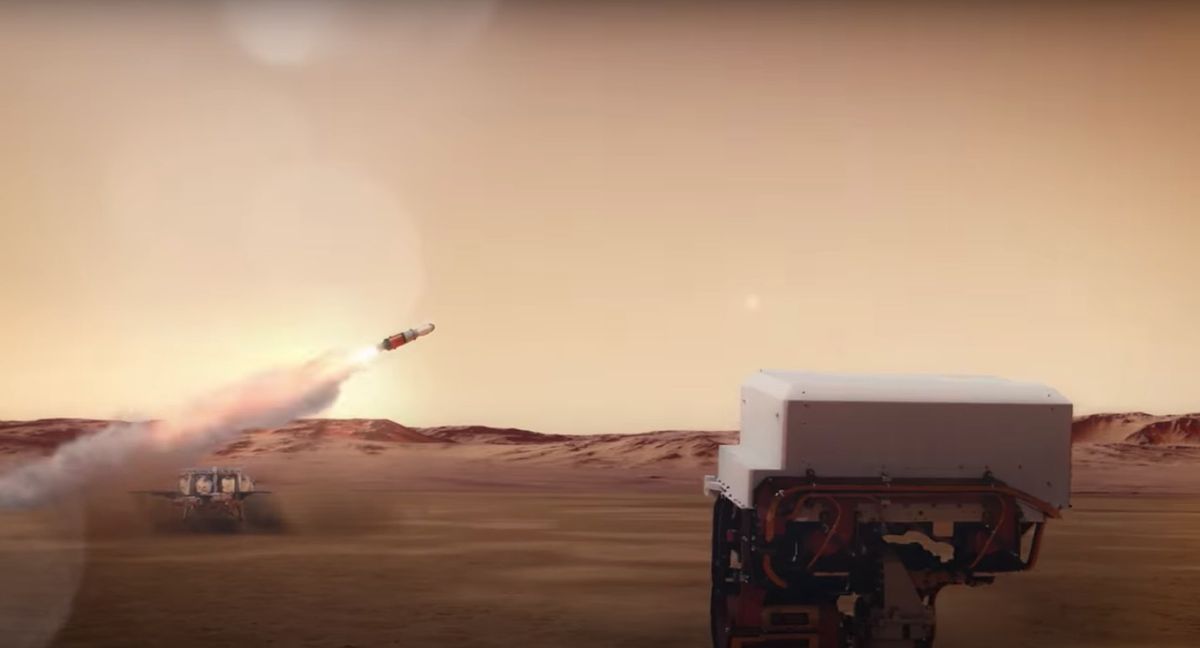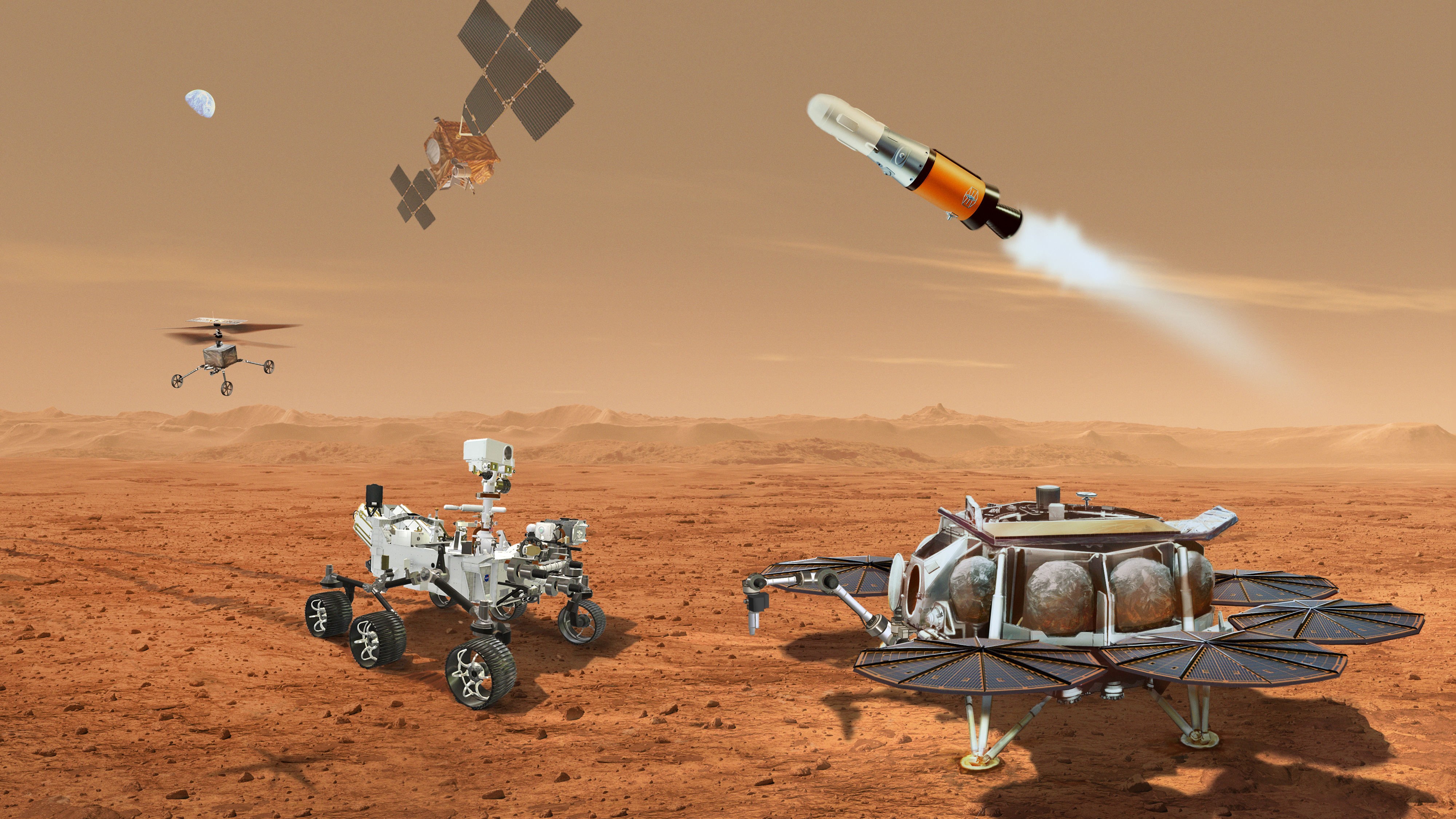Nov 22, 2022
RELEASE 22-121
NASA Invites Public Comment on Plans for Mars Sample Return Campaign
Editor’s Note: This release was updated Nov. 30, to note that the location of the public meeting in Wendover, Utah, on Tuesday, Dec. 6, has changed. The time of the meeting remains the same.
Editor's Note: This release was updated on Nov. 23, to further clarify the virtual meetings link will not be active until about 15 minutes before the meetings.
NASA is seeking public comments on a draft environmental impact statement for the agency’s Mars Sample Return (MSR) campaign. Comments are due by Monday, Dec. 19.
Comments can be submitted online, through the mail, or through participation in a series of virtual and in-person meetings. Advanced registration for meeting options, including in-person meetings in Utah, is not required.
Two virtual meetings to discuss the Draft Programmatic Environmental Impact Statement for the campaign will take place on Wednesday, Nov. 30. The first begins at 1 p.m. MST, followed by a second opportunity at 6 p.m. MST. The WebEx link will be activated about 15 minutes before the events begin and will display “room cannot be found” until it is activated. Once live, it will include an option for real-time automated closed captioning. To access audio-only dial 510-210-8882, and use meeting number 901-525-785. Participate online at either time by joining the following link:
Mars Sample Return WebEx
The in-person meetings will be held at 6 p.m. MST on Tuesday, Dec. 6, at the Brinkman Service Club, 352 South Airport Way, Wendover, Utah, and on Wednesday, Dec. 7, at the Clark Planetarium, 110 S 400 W, Salt Lake City, Utah.
All public meetings will include a 15-minute presentation on the purpose of the meetings, the MSR campaign project schedule, opportunities for public involvement, a summary of the proposed action and alternatives, discussion of potential environmental impacts from the proposed action, and an overview of the programmatic approach to National Environmental Policy Act compliance in general, and NASA’s proposed action specifically. The in-person meetings also will include a 45-minute open house before the official public comment portion of the meeting.
Subject matter experts will be available on-site during the open house to answer questions from the public, and to discuss informational posters and distribute related materials about the draft statement and the proposed Mars Sample Return campaign. These materials are also available online.
NASA and ESA (European Space Agency) are planning to use robotic Mars orbiter and lander missions launched in 2027 and 2028 to retrieve samples of rocks and atmosphere being gathered by NASA’s Perseverance rover and return them to Earth. The samples of Mars material, securely isolated inside a robust Earth Entry System using a layered “container within a container” approach, could be brought to Earth in the early 2030s, landing notionally at the Utah Test and Training Range operated by the U.S. Air Force. The Earth Entry System would then be transported to a specialized MSR sample receiving facility.
NASA will consider all comments received during the PEIS public comment period in the subsequent development of the MSR Final Environmental Impact Statement.
In addition to receiving comments during the public meetings, comments may be sent to NASA in the following ways:
Federal e-Rulemaking Portal: Follow the online instructions for submitting comments and include Docket No. NASA-2022-0002. Please note that NASA will post all comments online without changes, including any personal information provided.
By mail to Steve Slaten, NASA Jet Propulsion Laboratory, 4800 Oak Grove Drive, M/S: 180-801, Pasadena, CA 91109–8099
Additional information on the agency’s National Environmental Policy Act process and the proposed campaign is available online.
-end-

 spacenews.com
spacenews.com


